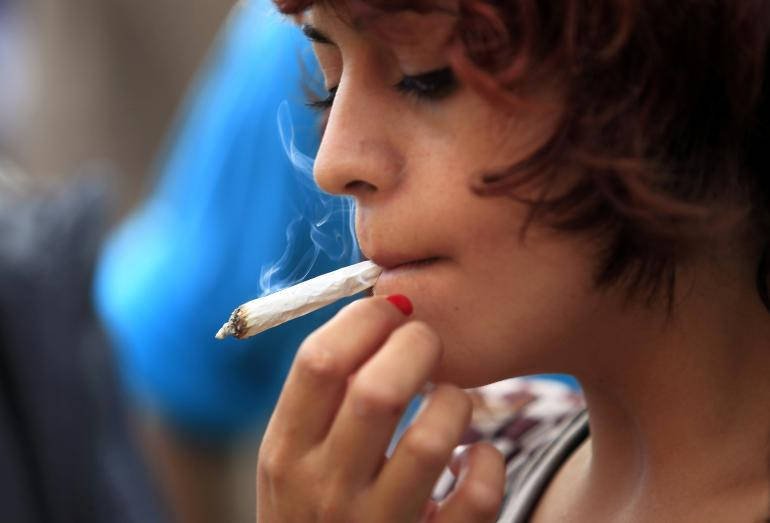
20-Year Low for Teen Marijuana Use
Over the past few years, concerns about escalating teen drug use has been growing among parents and the government alike. When states started to legalize marijuana, there were concerns voiced all around the country. Currently, marijuana isn’t considered a ‘dangerous’ drug. However, many experts considered it a ‘gateway’ drug that leads to more serious substances. With the release of recent statistics though, we can actually see a decline in teen marijuana use (against all predictions) and a removal of the gateway tag.
History – In the mid-1980s, teen marijuana use reached new levels and many worried if this would in fact lead to the increased usage of even more dangerous substances. In the 1990s, the theme continued and this led to the creation of the D.A.R.E program which had a particular focus on reducing the usage of marijuana in young people. Initially, the program built foundations upon the fact that it would be easier to say ‘no’ to dangerous drugs if they also rejected marijuana first. Despite resistance from some government officials, we now know this to be false with no evidence teens are more/less likely to refuse dangerous drugs after rejecting marijuana.
Once we couple the declining use of marijuana with the failure of the D.A.R.E program, it makes you question why some legislators are trying to bring it back into action.
Read: The difference between hemp and marijuana
Decriminalization – While some believe awareness is to thank for reduced marijuana usage, others praise the legalization process. With supply on the increase, marijuana is readily available in many states which has removed the need for back-end deals. Since users can walk freely down the street with their medication, the need for dealers has reduced and most have gone out of ‘business’.
Especially where recreational use is legal, there’s simply no need for street dealers for two reasons. Not only is marijuana easily accessible, dealers can’t make profit on it without charging more than vendors which makes the whole process rather redundant. In states where medical marijuana is legal, most people are finding it relatively easy to obtain an MMJ card. Of course, there are restrictions in place such as the age limit being level with the alcohol limit…but it’s not like alcohol has been unavailable for teens through the years, is it?
Marijuana vs Alcohol – While on the note of alcohol, abuse within teens is still increasing every single year. At the latest count, nine in every ten teenagers has tried or is planning to try alcohol despite it being illegal. With the whole idea being new, teens tend to drink more than adults per sitting too which is part of the problem. In addition, it raises the question of why marijuana isn’t being abused just as much as alcohol now it’s legal.
Ultimately, there are many theories digging into behavior and the like but we should first look to supply. Nowadays, alcohol is much easier to find than marijuana even where the latter is now legal. Furthermore, people with an MMJ card might not want to lose their legal status so they’re sticking to the rules and not taking advantage just yet. For teens, there aren’t too many loopholes in the system yet either so they don’t have access points.
Summary – With a 20-year low in marijuana usage in teens, adult users are certainly hoping this opens the door for fewer governmental restrictions in the future! Statistics like these will help make the case that marijuana should be de-scheduled as a schedule 1 substance at the federal level so that federal legalization of all cannabis can finally be a reality.

